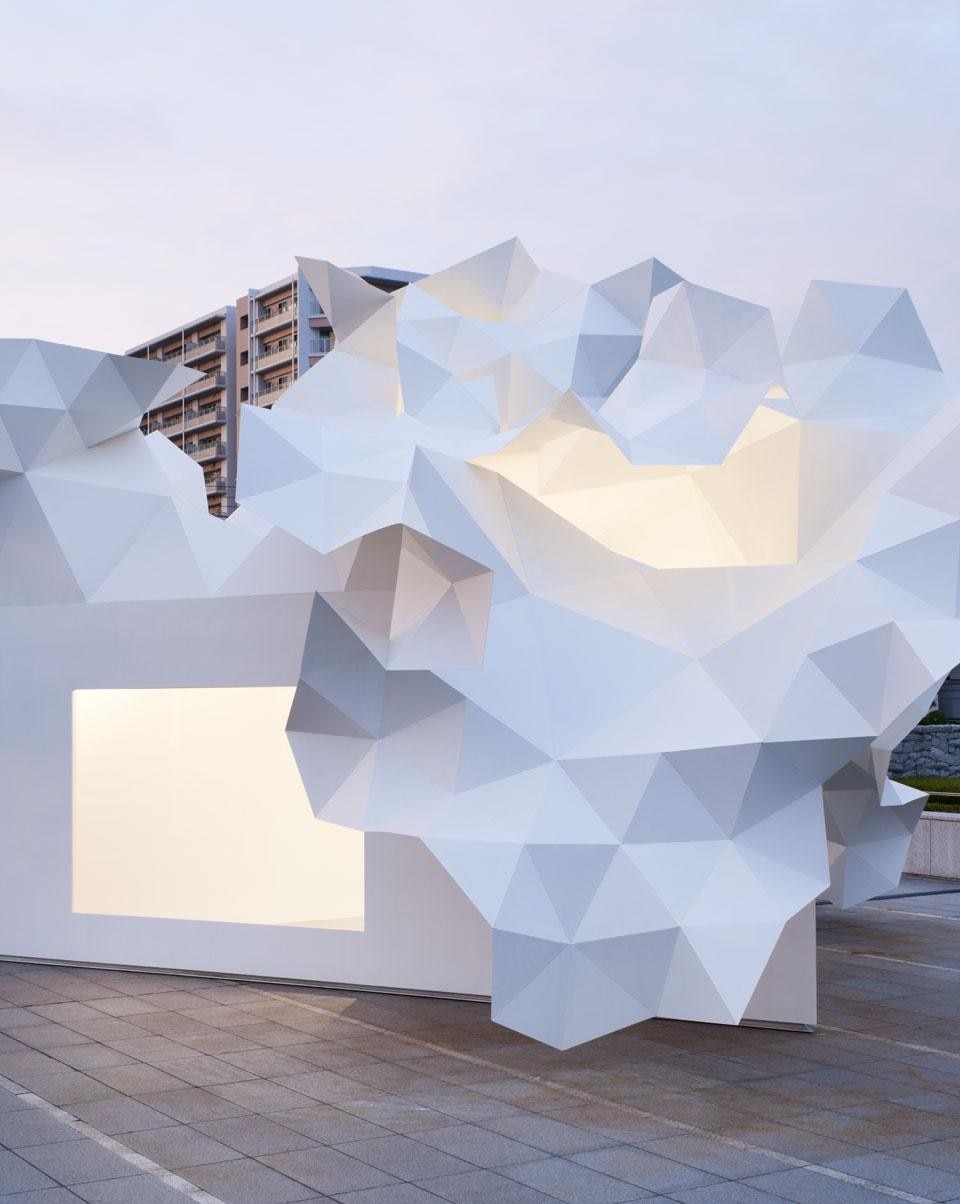"I wondered what would happen if the walls were to keep growing upwards and present an uneven surface like 'pleats'. Pleats resemble a tree in the way that they spread out and capture the sun and I felt that they would produce a bright, impressive exterior. I also thought that the space beneath this surface would present a relaxed atmosphere, similar to that of tree shade that would be an ideal quality for an exhibition space."
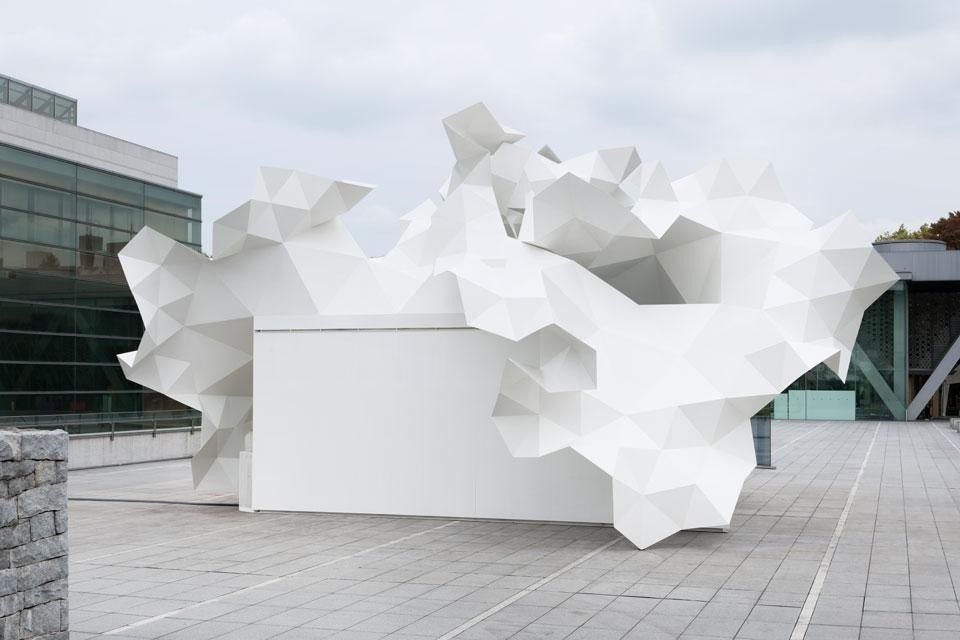
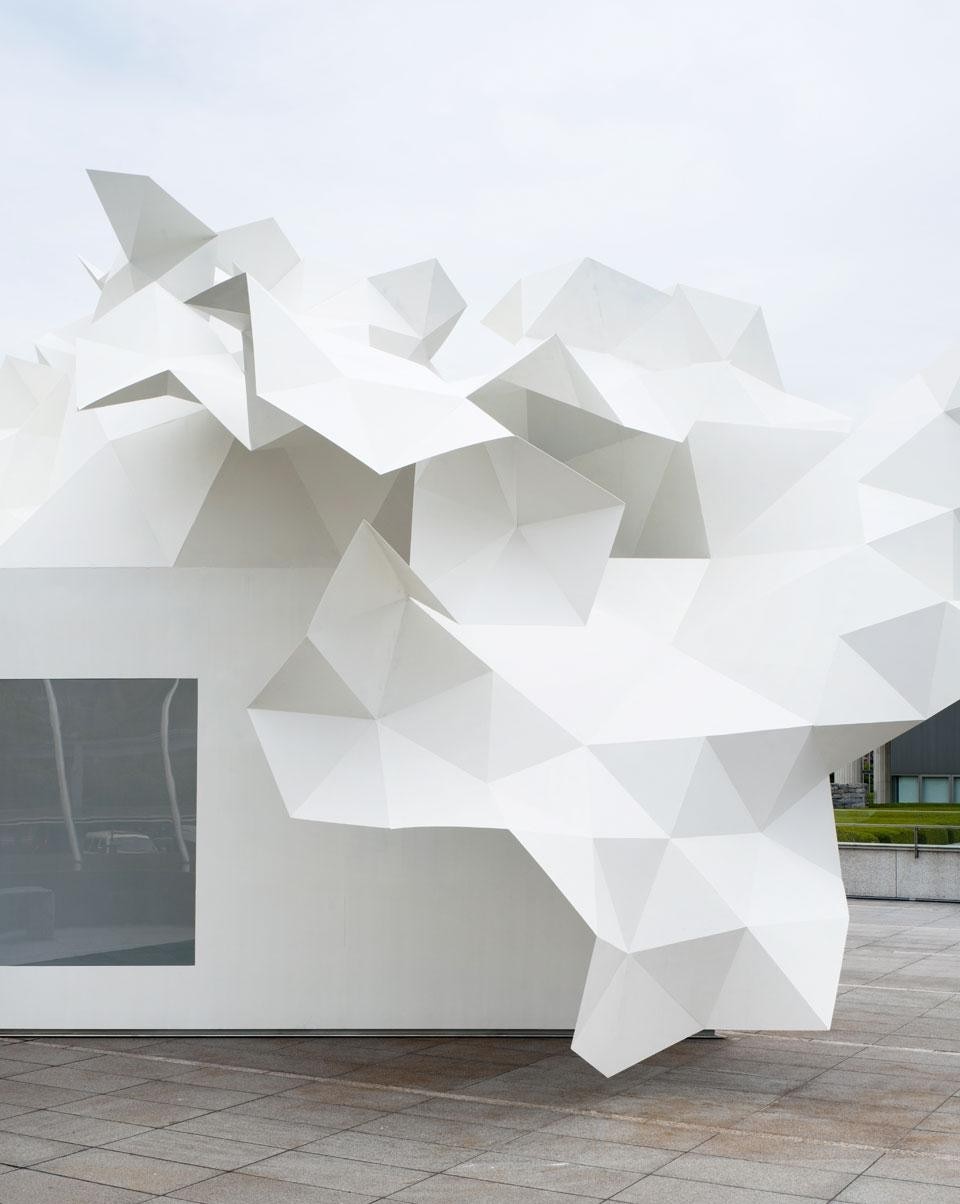
In this pavilion, Hirata shifts the meaning of his work towards the production of architectural forms that arise from active processes rather than from direct formal interest.

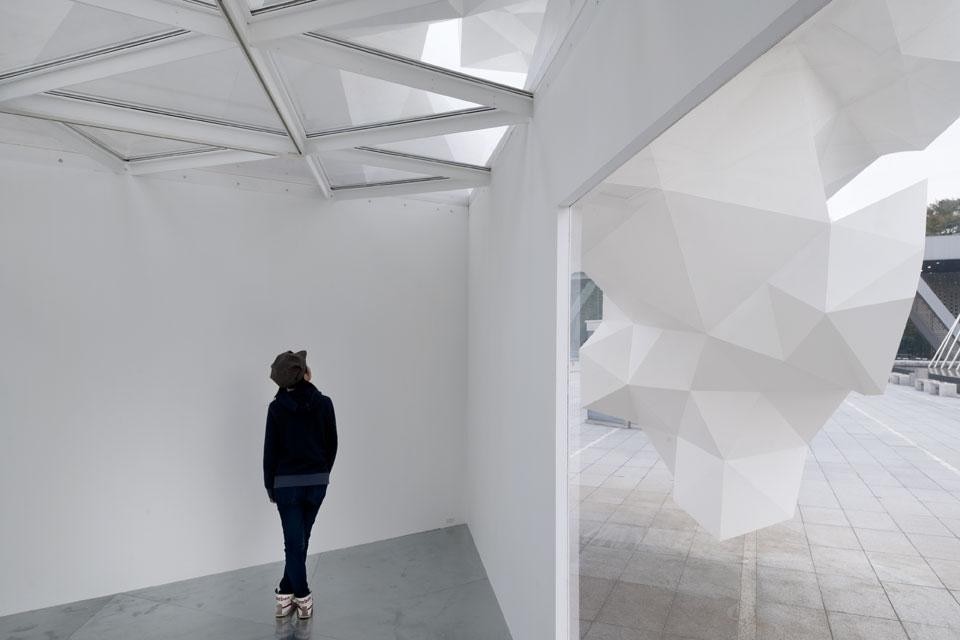
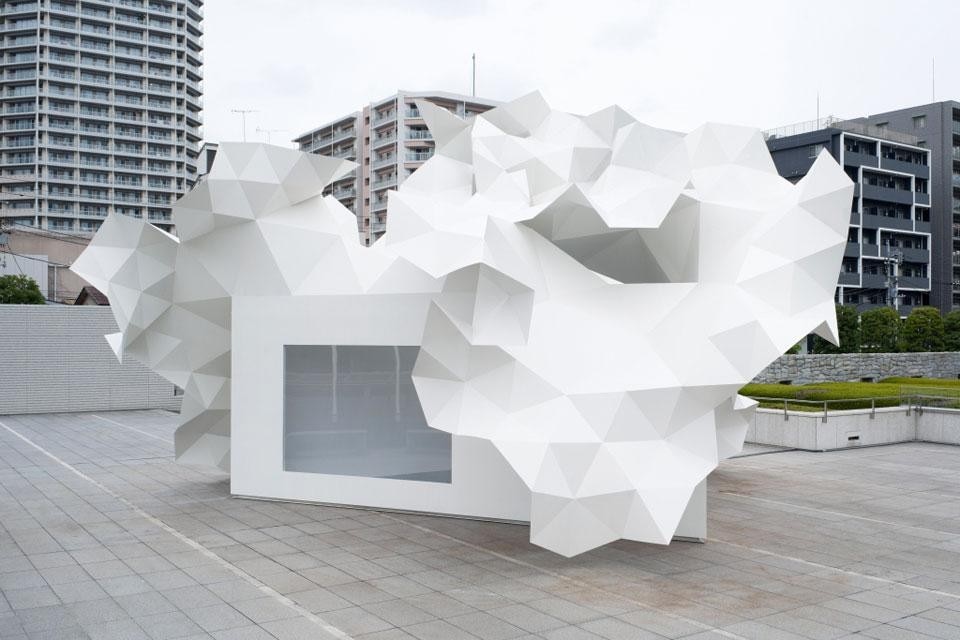
Organizer: Tokyo Metropolitan Foundation for History and Culture,
Museum of Contemporary Art Tokyo
Supporter: Bloomberg L.P.
Museum of Contemporary Art Tokyo
4-1-1, Miyoshi, Koto-ku, Tokyo 135-0022
